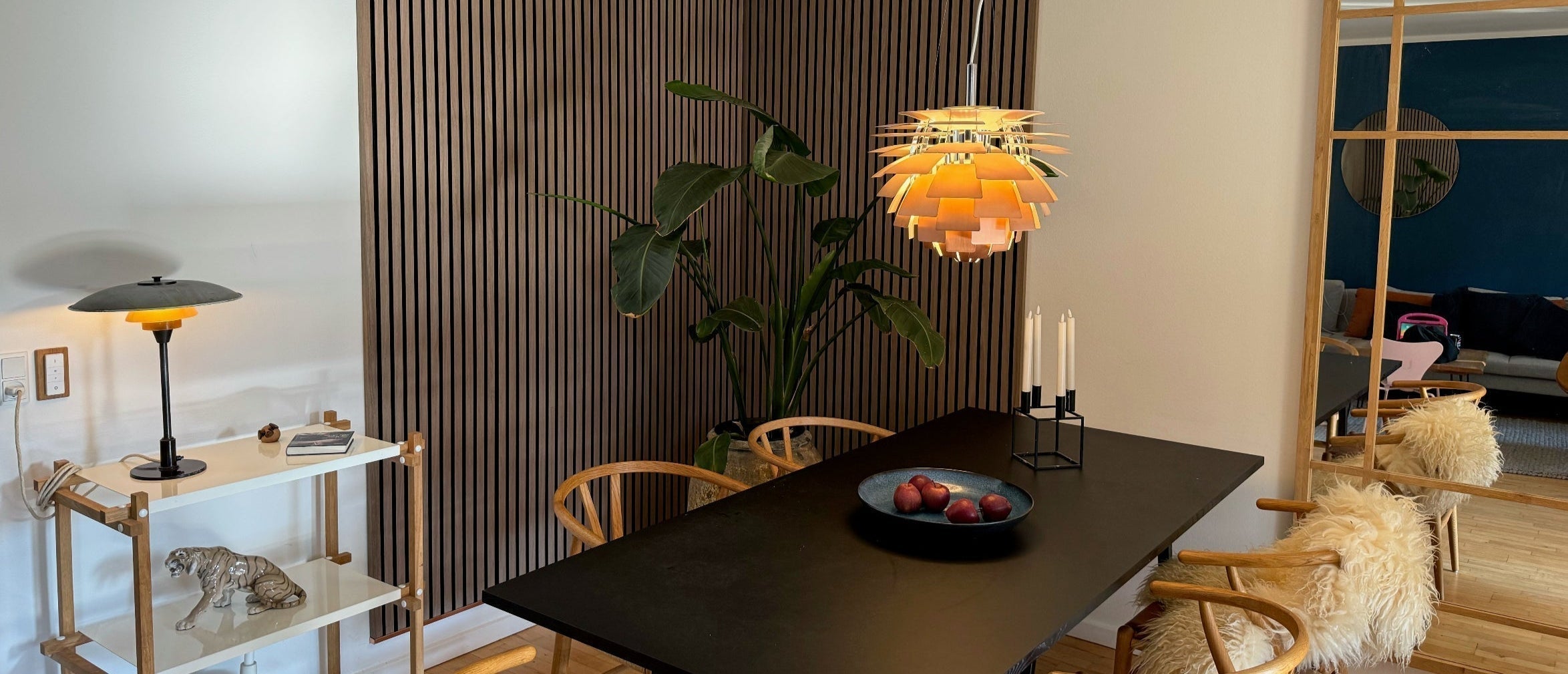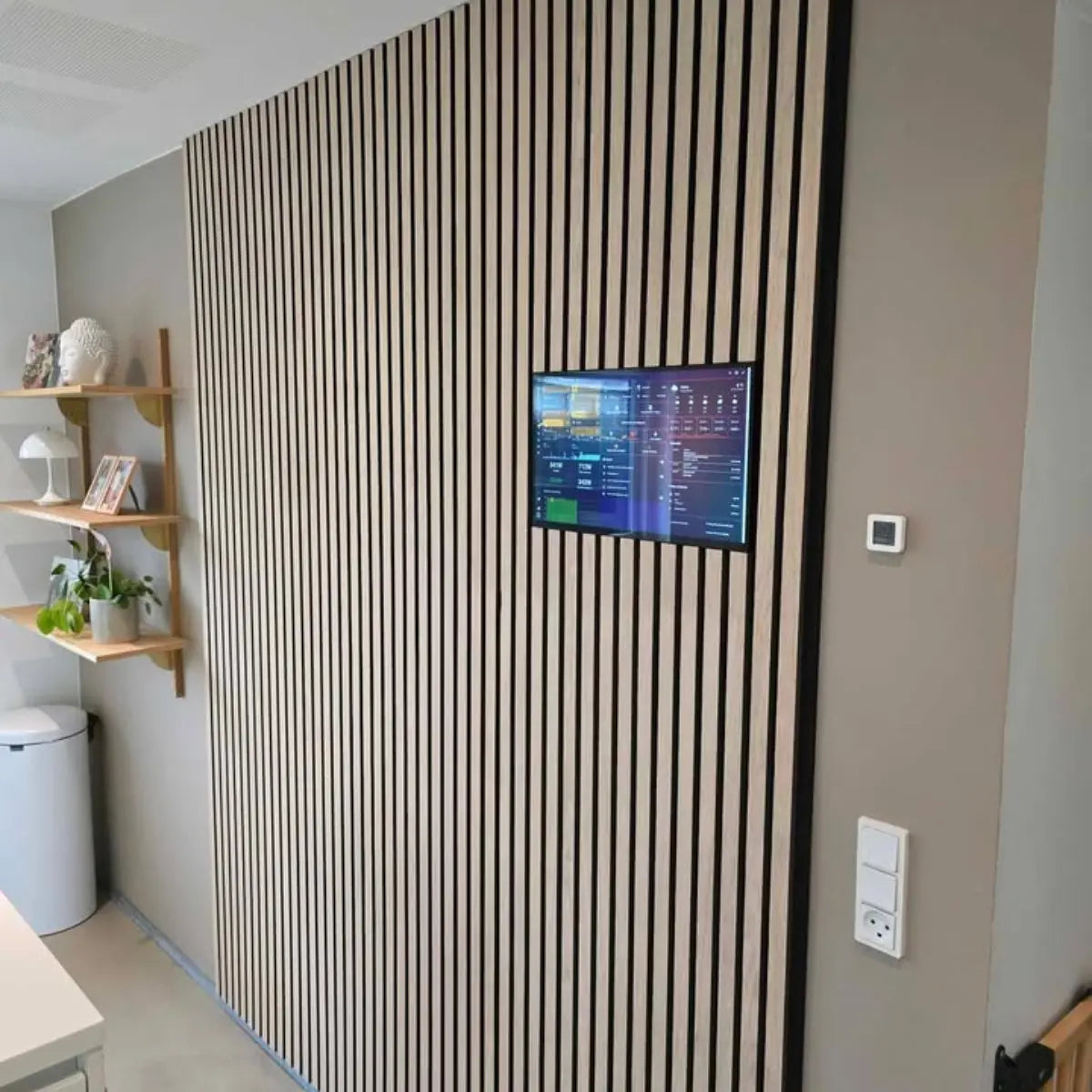Many have experienced walking into a room where sound echoes and conversations are hard to follow. This is often caused by a phenomenon called reverberation. In this guide, we explain what reverberation is, why it can be a problem in homes and other spaces, and how acoustic panels can be used to improve the sound environment.
What is Reverberation?
Reverberation refers to the prolonged reflection of sound in a room. Sound travels in waves, and if these waves have a lot of energy, it takes longer for them to fade out. In other words, the sound lingers in the room even after the source has stopped.
Reverberation occurs mainly because sound waves reflect off the surfaces in the room. Hard materials such as bare walls, ceilings, and floors (e.g., concrete, plaster, tiles, or hardwood floors) reflect sound. In a room with many large, smooth, and open surfaces, sound can keep bouncing between the walls, ceiling, and floor. The fewer soft or sound-absorbing materials in the room, the longer the reverberation lasts.
Why is Reverberation a Problem?
-
Stress and fatigue: Constant noise and reverberation can increase stress levels and cause unnecessary fatigue over time.
-
Difficulty concentrating: In a noisy, echoing environment, it’s harder to focus.
-
Headaches and discomfort: Many people experience physical discomfort such as headaches or tension after spending time in a space with poor acoustics.
How Can Reverberation Be Reduced?
The most effective way to reduce reverberation is to introduce sound-absorbing materials into the room. The goal is to dampen reflected sound waves before they spread and cause echoes. This can be done with soft surfaces and acoustic products. One of the most popular and effective solutions is installing acoustic panels on walls or ceilings.
What Are Acoustic Panels and How Do They Work?
Acoustic panels are decorative panels designed to absorb sound. An acoustic panel typically consists of a core made of porous, sound-dampening material, such as felt, combined with a perforated or slatted surface—often with narrow wooden slats on the front.
When a sound wave hits an acoustic panel, it penetrates the porous material inside. The sound energy is converted into a small amount of heat through friction within the material, which causes the sound to fade more quickly. At the same time, the slats or patterns on the panel break up the sound waves, preventing direct reflection back into the room. The result is a significant reduction in the reverberation time, making the sound clearer and more pleasant.
Installation and Placement of Acoustic Panels
Acoustic panels can be installed relatively easily on both walls and ceilings, depending on where sound absorption is needed.
It’s important to consider coverage: A single small panel can make a local difference, but to truly transform a room’s acoustics, a certain percentage of surfaces must be covered with absorbing material. As a rule of thumb, covering around 20–25% of the floor area with sound-absorbing surfaces will achieve a noticeable improvement. This can be done by evenly distributing several acoustic panels throughout the room.
Another factor is mounting method. Installing panels directly on the wall will provide some sound absorption, but mounting them with a small air gap and mineral wool behind can significantly improve their performance. In fact, in this setup, panels can achieve the highest sound absorption class—Class A.




Leave a comment
This site is protected by hCaptcha and the hCaptcha Privacy Policy and Terms of Service apply.